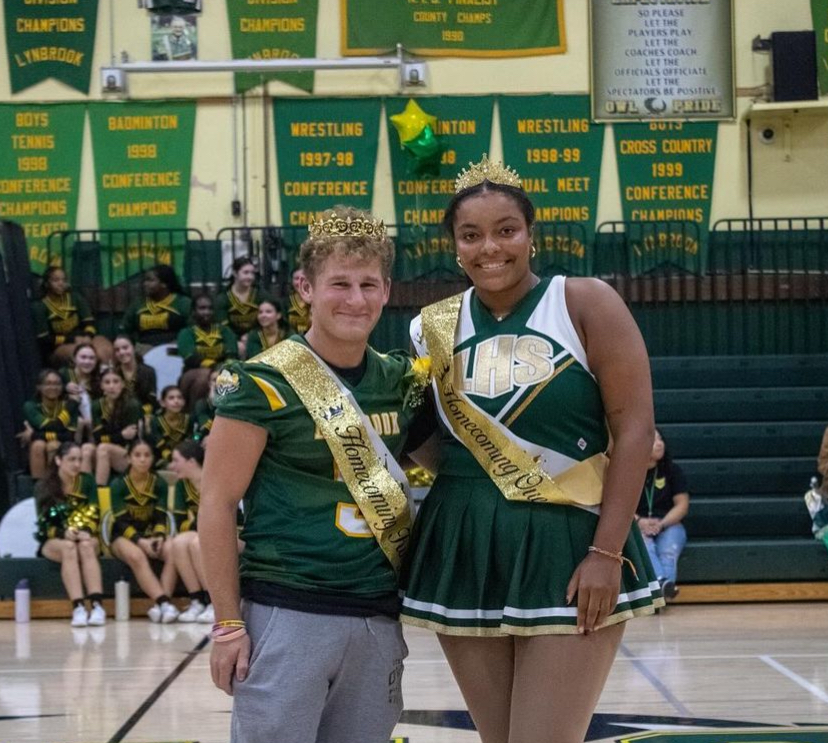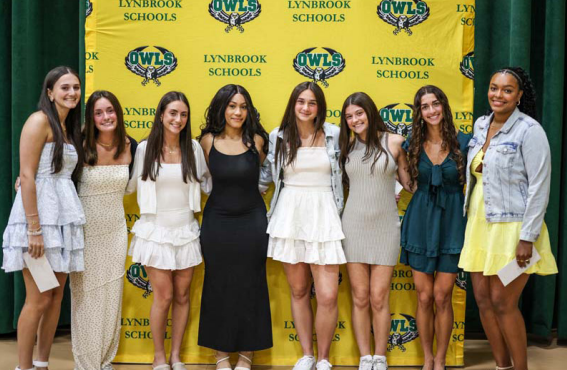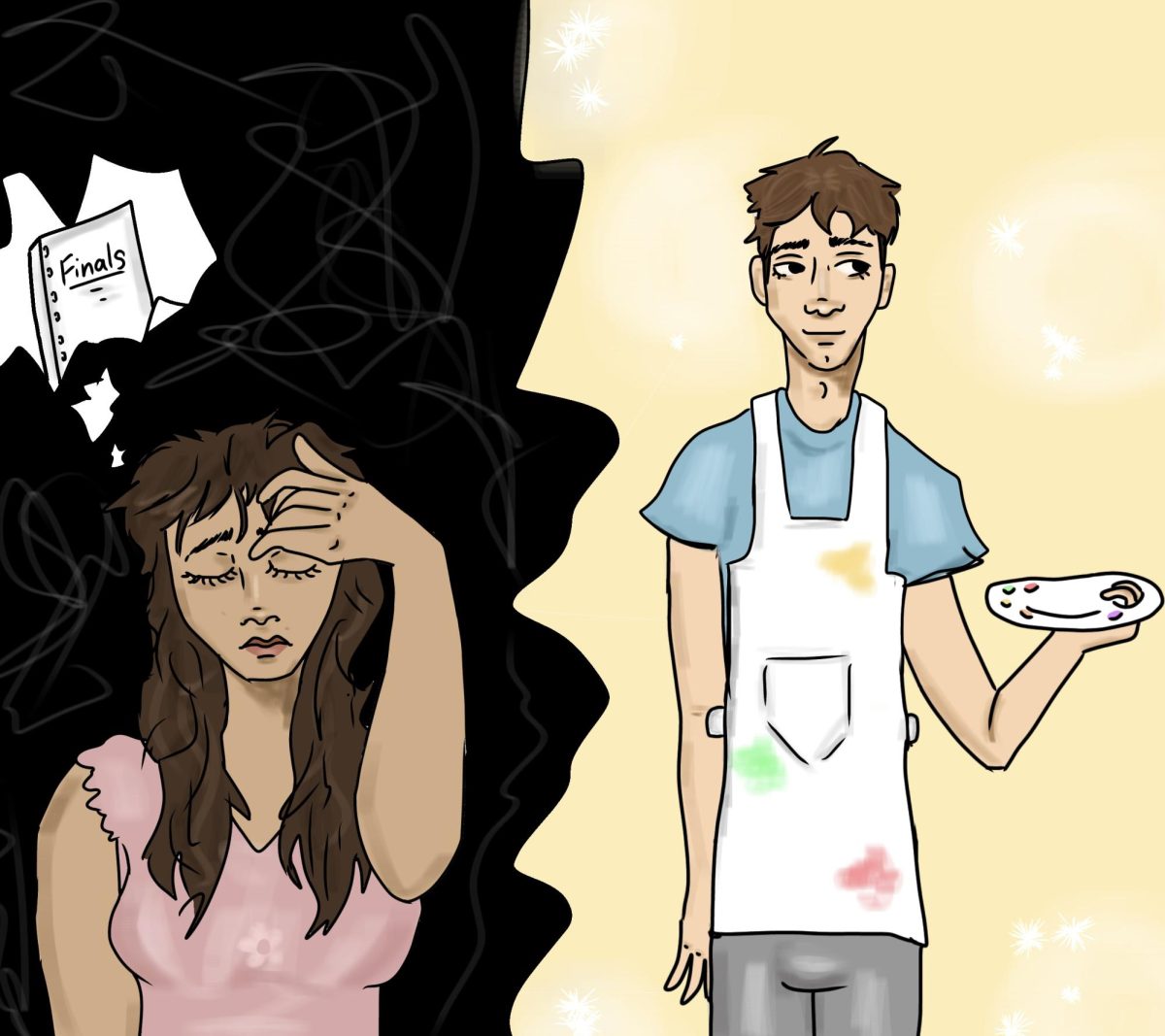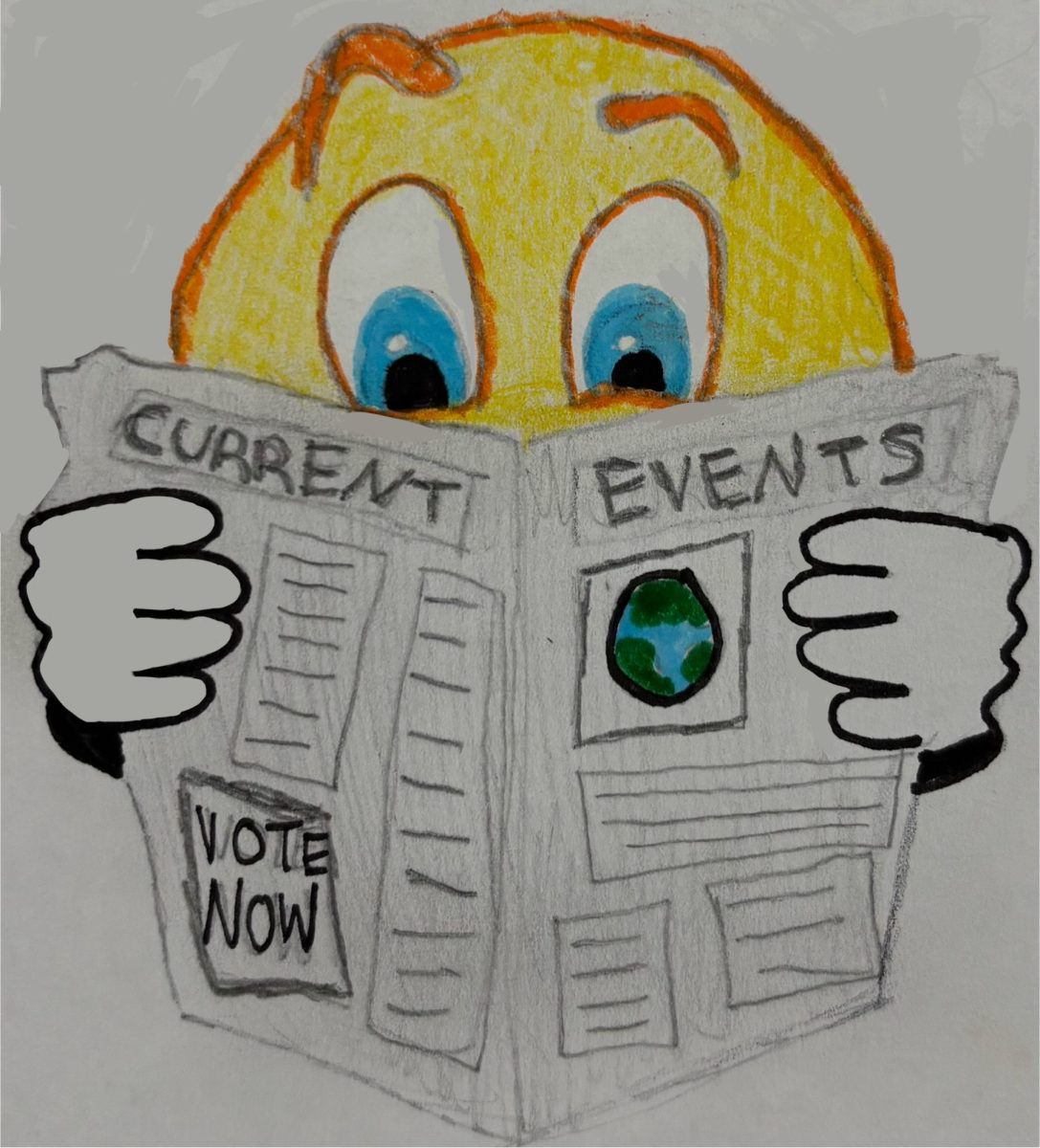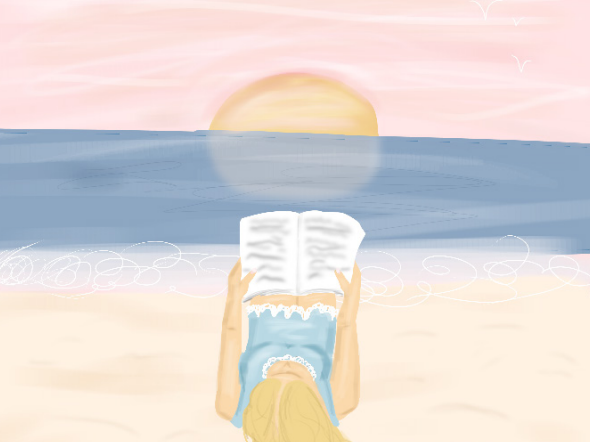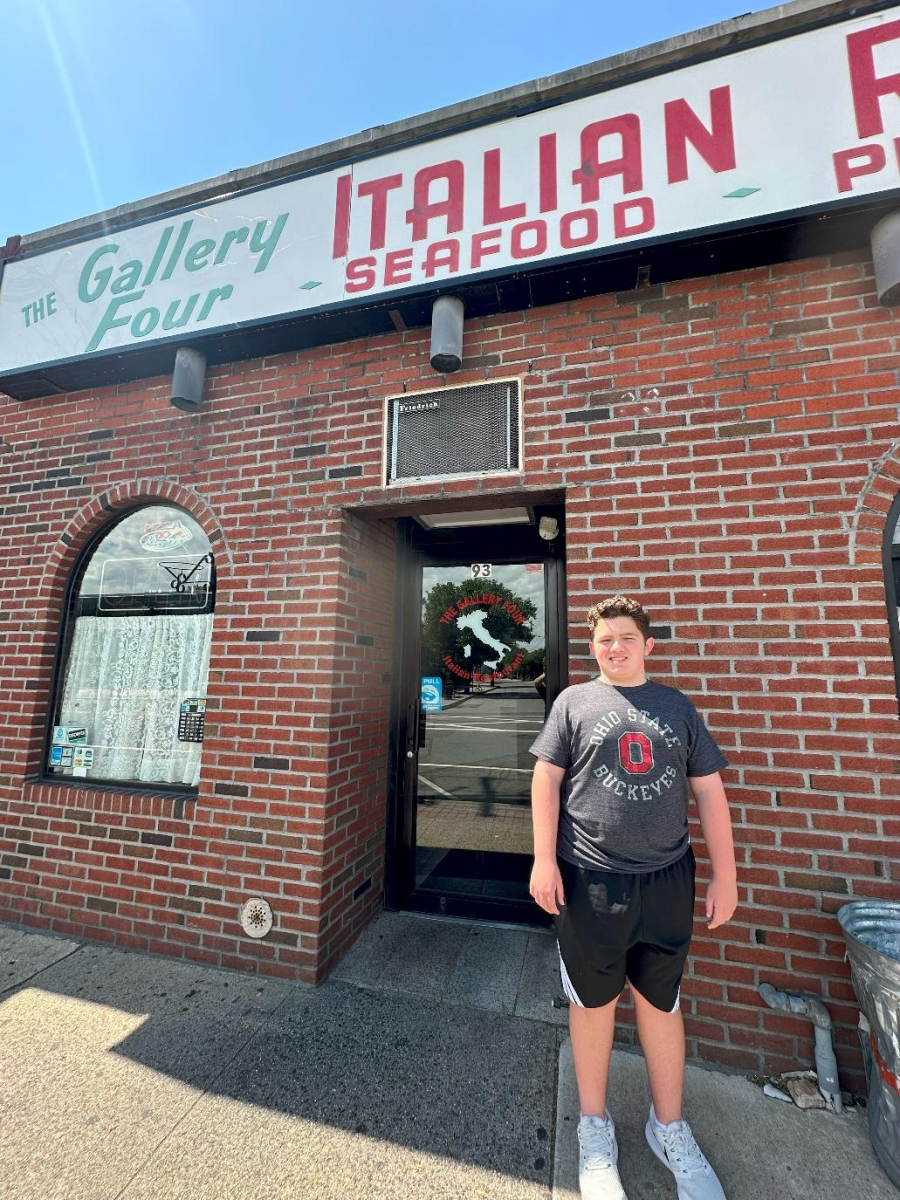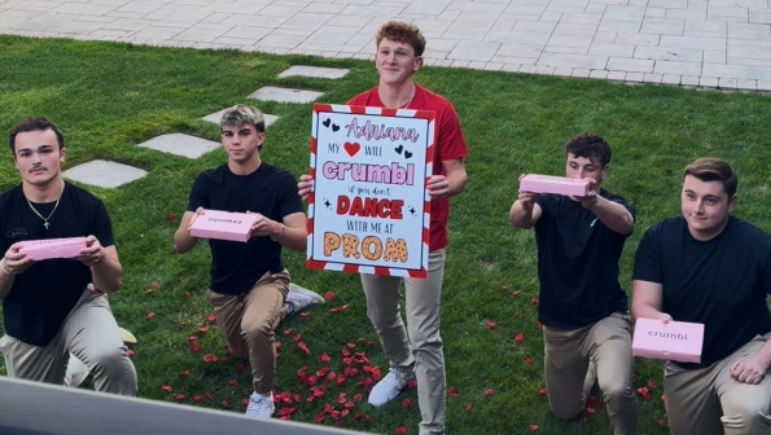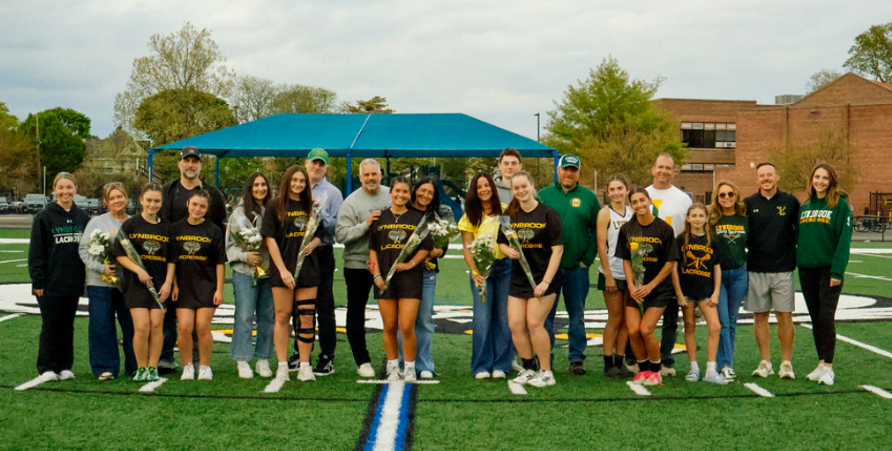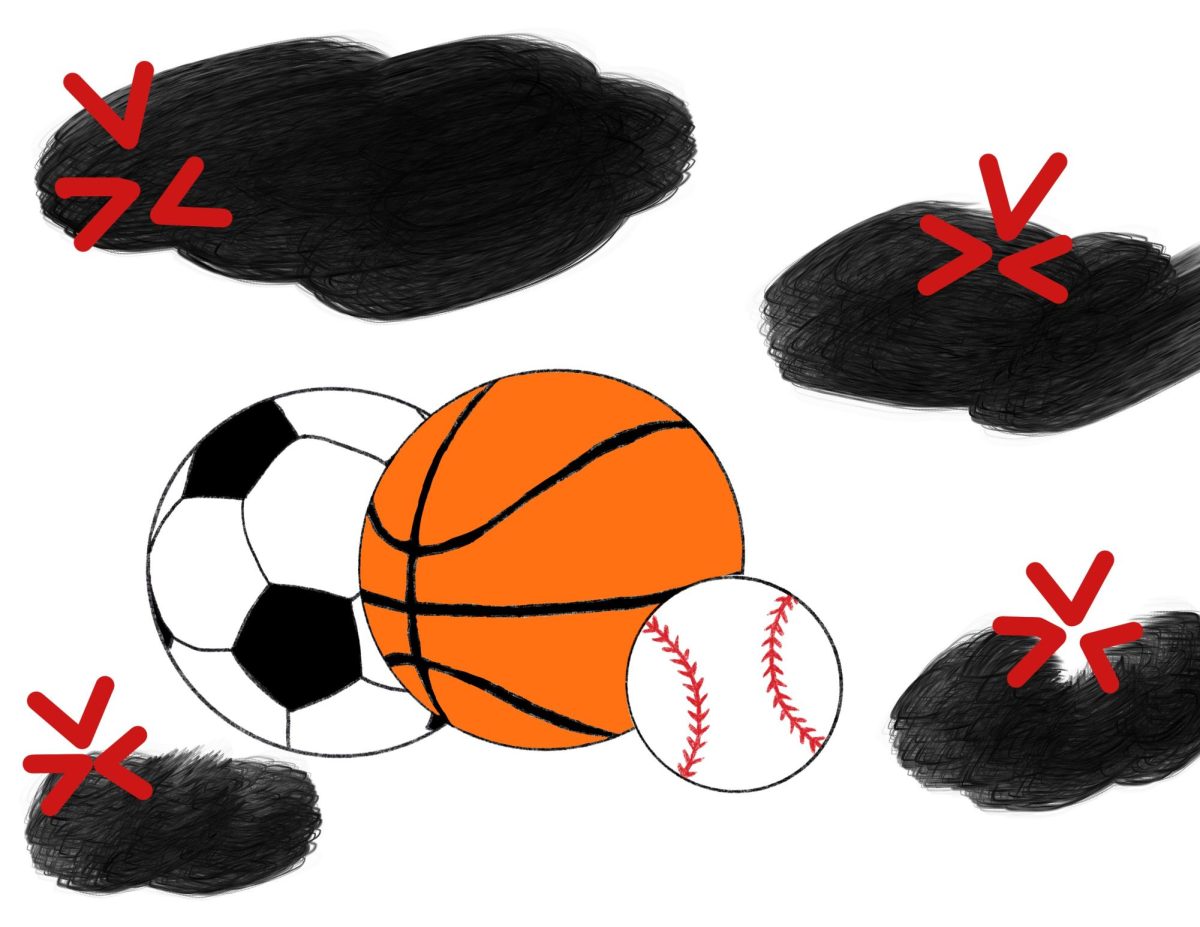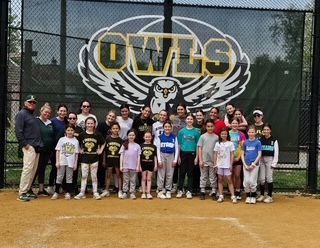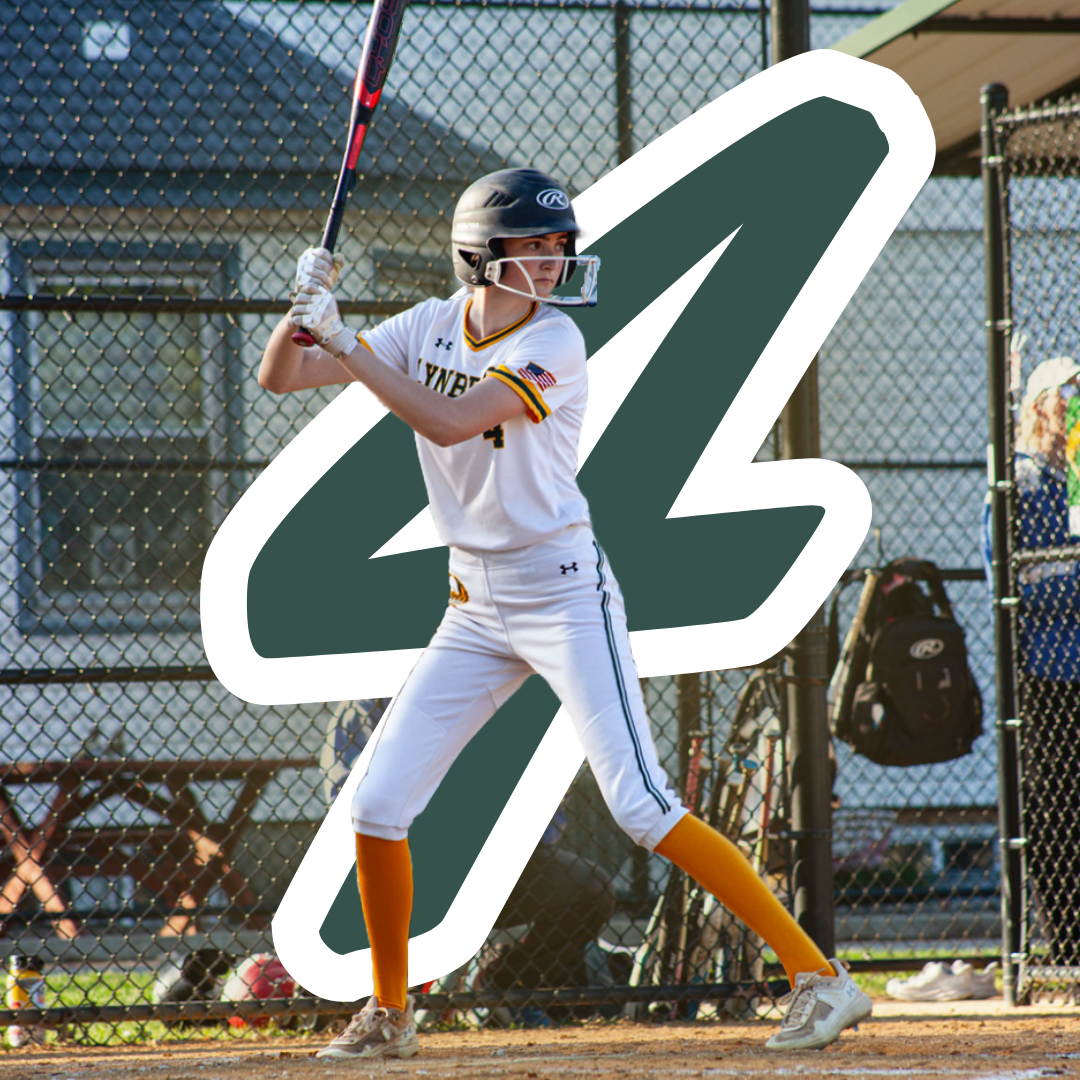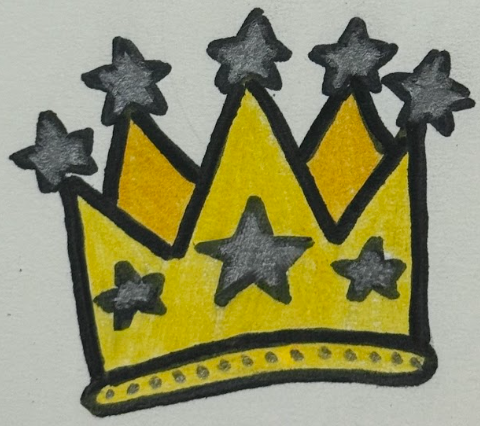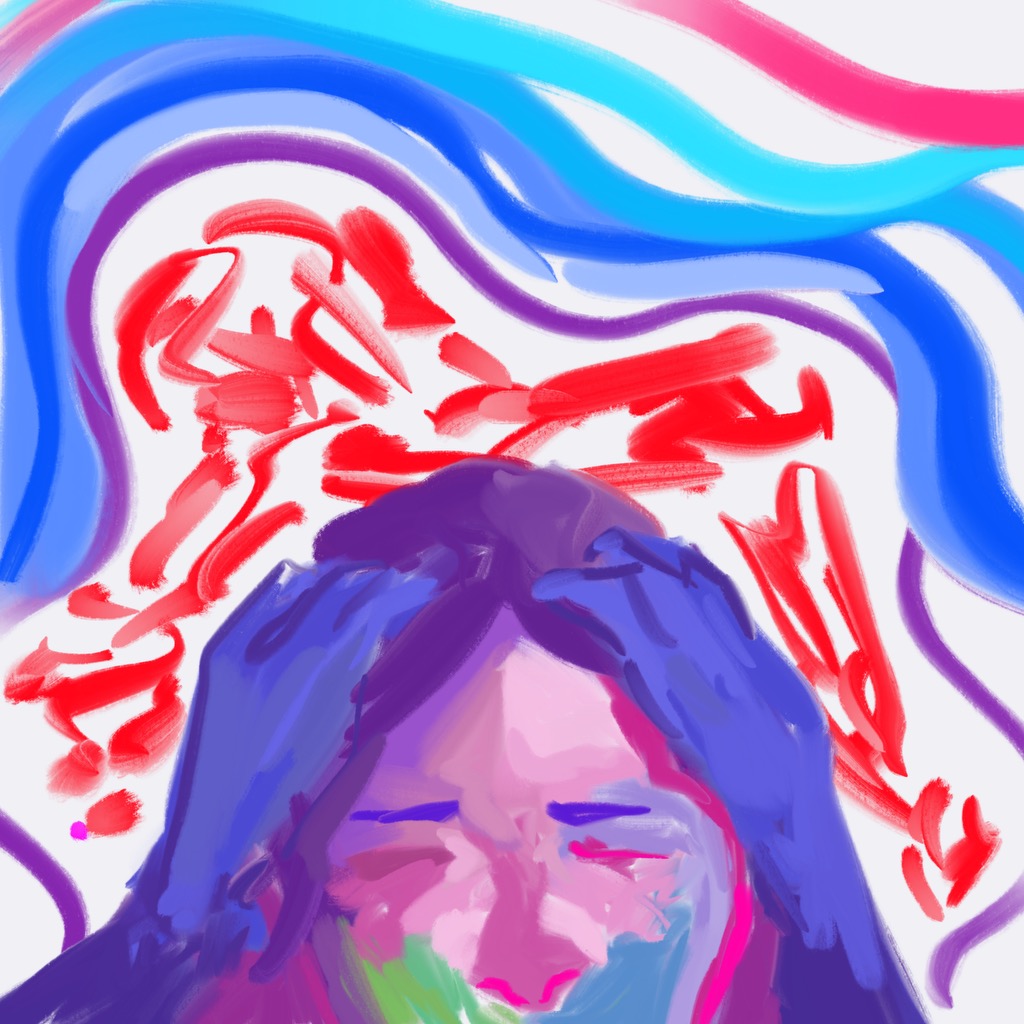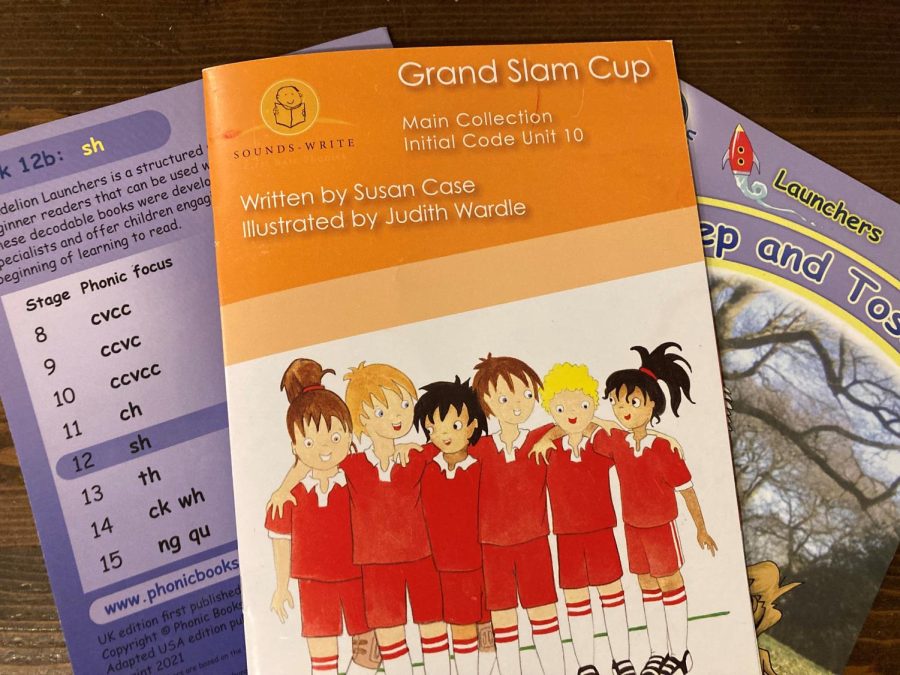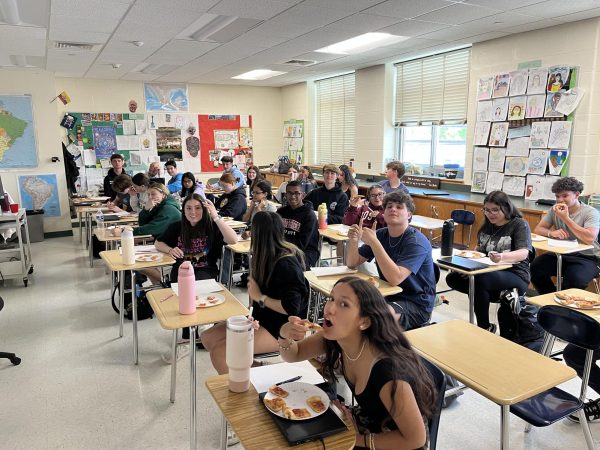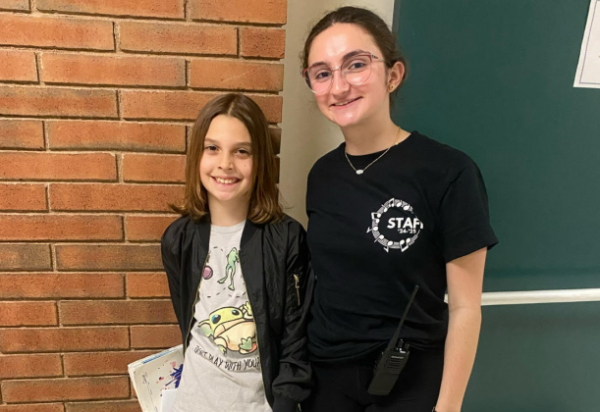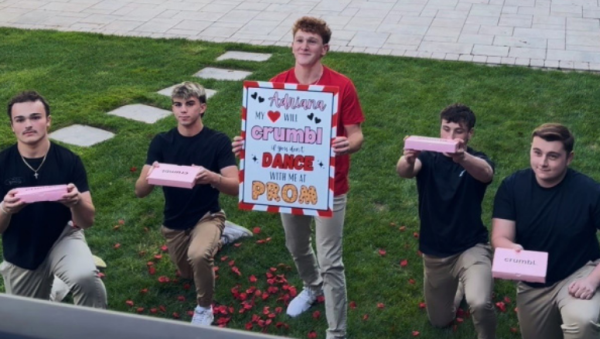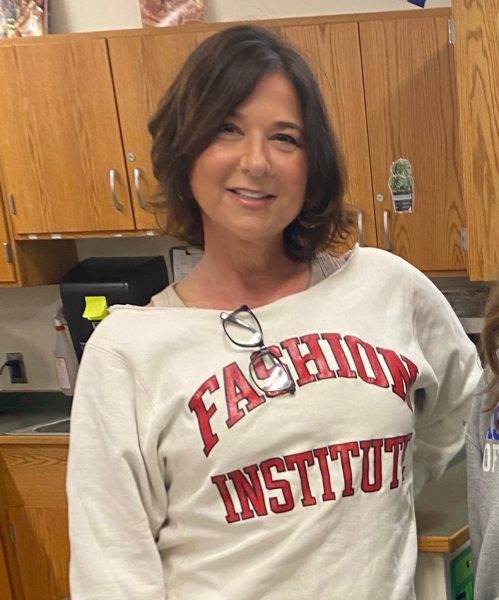The Kindergarten Center’s New Reading Curricula
These Sounds-Write decodable books are a part of the Lynbrook District’s new approach to teaching grammar and reading comprehension.
“This is the noows.” My little brother, who is learning how to write, sat down day after day for about two weeks and wrote several “volumes” of his own little newspaper. While the project was very creative, what was almost more notable was his creativity of spelling and how he undauntedly (and voluntarily) took on the feat of making a newspaper when he had yet to learn the correct spellings of many words.
Last school year, two new programs were implemented at the Lynbrook Kindergarten Center (KC) to teach the young students how to read and write. The kindergarten Class of 2035 is the second in Lynbrook to learn using Itchy’s Alphabet and Sounds-Write, separate programs that use specific approaches to introduce the alphabet and words to young students.
Sounds-Write’s Founder and Co-author, John Walker, visited Lynbrook and explained that his reason for creating the program was because during his time as a teacher, he noticed the alarming number of children who moved forward in their schooling without being entirely literate. “It was quite clear that they needed something that was more effective,” he said. “In a world which demands people to become ever more literate, then you’re severely handicapped if you haven’t managed to do that. When you think about everyday life, we need it all the time, and particularly in an age when you’re looking at computers, you’re looking at phones, you’re receiving all this information, you need to be able to read quickly and efficiently as well.”
Walker related that one of Sounds-Write’s unique qualities is its focus on teaching the whole class, rather than splitting students into groups. “Very few people who teach phonics programs teach the whole class,” he explained. “Mostly, it’s taught in small groups, and very often in those small groups, there are going to be a couple of groups, or at least one group, that’s falling behind all the rest. And what the research evidence shows, if one group starts to fall behind, they never catch up…” Sounds-Write does give extra attention and help where needed, “but at the same time, they still take part in those main lessons, and they still take part with the other students, and they can benefit from the knowledge of the other students,” explained Walker. “We use the knowledge of the other students.”
Lynbrook’s Elementary Curriculum Specialist Allison Curran explained that the switch to the new programs was prompted by the pandemic. Fewer children were attending preschool, she said, so they did not have the prior experience that kids often have when they go into kindergarten. And even if they were going to preschool, Curran added, both kids and teachers were wearing masks, which could hinder the students’ abilities to hear the letter sounds that their teachers told them or make it difficult for teachers to visually model letter pronunciation. It became apparent that more students were having difficulty with phonics, or the basic recognition of letters and the sounding-out of words. This led to research into different reading programs.
Curran explained that the previous program that the KC used, Fundations, attempted to teach students using the “print-to-speech” method, having students translate written letters into sounds. However, “humans weren’t designed originally to read and write,” Curran continued, “but they were communicating via speech.” Because oral communication is more intrinsic, the opposite approach, “speech-to-print” (which Sounds-Write employs), “comes more natural than a print-to-speech,” Curran said.
Sounds-Write also addresses “cognitive overload,” Curran said, which can occur when children are given “too many rules or too much unnecessary, extraneous information.” She described how students may struggle to differentiate between the name of a letter and the sound that it makes; Sounds-Write addresses this by “teaching letter sounds before teaching letter names,” Curran said. “When you remove that cognitive overload, they feel more safe; they feel like they know what to do…”
Curran specified four principles that can help students understand phonics: “Some of the…conceptual knowledge of a speech-to-print approach is that letters are symbols, or spellings, they might call them, that represent sounds. And then, a sound may be spelled by one, two, three, or four letters. So, one sound can be represented that way. Then, the same sound, like /ae/, can be spelled in more than one way. And then, a spelling can represent more than one sound.”
Itchy’s Alphabet and Sounds-Write play different roles in the kindergarten reading curriculum. Itchy’s is implemented one or two weeks prior to Sounds-Write, Curran explained, to focus on handwriting and serve as a preliminary, visual introduction to the alphabet. Sounds-Write, she said, focuses on decoding, “the reading [of] words,” and encoding, “the spelling.” Senior Abbey McManus, who has worked with kindergartners in the new programs, said, “I do think the focus on decoding rather than guessing or memorizing has been really helpful for the kids that I know.”
Curran further related that there are two major components of learning to read and write: phonics (letter recognition and sounding out words) and reading comprehension (the understanding of the meaning of words and sentences). Certain activities are utilized to teach both phonics and reading comprehension, such as “dictation,” an activity in which teachers say a sentence aloud to the students, who write down what they hear. As they write, they learn phonics, and then their reading comprehension is strengthened as the teacher asks questions about what happened in the sentence.
These new programs are even altering the way children ask questions about reading and writing. “For example,” Curran said, “a child used to maybe say to us, ‘Oh, how do I spell stream?’…They now ask, ‘How do I spell /ee/ in stream?’” Rather than asking for the letters in a whole word, kindergartners ask for the spelling of a sound.
With previous programs like Fundations, kindergartners were given lists of “trick words” such as “said” or “was,” which did not follow the letter rules that they knew. Now, these words are known instead as “everyday words.” “No, we’re not trying to trick you,” said Curran, “this is just another way to spell it.” These words include “code,” or spellings of sounds, that the students have not yet learned. As students learn more and more code and progress along the units, they practice reading with “decodables,” Curran explained. These short books focus mainly on the target sound for each unit and include some everyday words. McManus added that “The books now lend themselves to more sounding out [rather than memorizing], which might be more tricky for the kids in the moment but helps them more in the long term.”
The current kindergarten teachers underwent a rigorous six-week training to learn how to teach the new programs, described Curran. As of now, she continued, kindergarten teachers teach primarily the Initial Code, with small amounts of the Extended Code included as well. First and second grade teachers have received training to pick up where the students left off in the previous grade; the early grades of elementary school will delve further into teaching the Extended Code.
Parents of kindergarten students are also impressed with the new curricula. Emily Malinka, my mother who has twelve children, currently has one child attending the Kindergarten Center. Michael will be her ninth child to graduate from the KC but her first to learn with Itchy’s Alphabet and Sounds-Write. Malinka commented, “I’ve noticed a much more freeing approach to language and a stronger connection between creativity and their writing and ability to express themselves.” Regarding Michael’s long-term academics, she said, “I think [the new programs] will help him stay more connected to what he is learning and have more freedom of expression.…He is more anxious to show me what he has written because it seems to come from a more authentic place inside of him.”
Sounds-Write and Itchy’s Alphabet are not only more practical and fitting for the way children learn but also foster creativity, confidence, and feelings of capability. Such a major revamp of the reading program really is big “noows.”
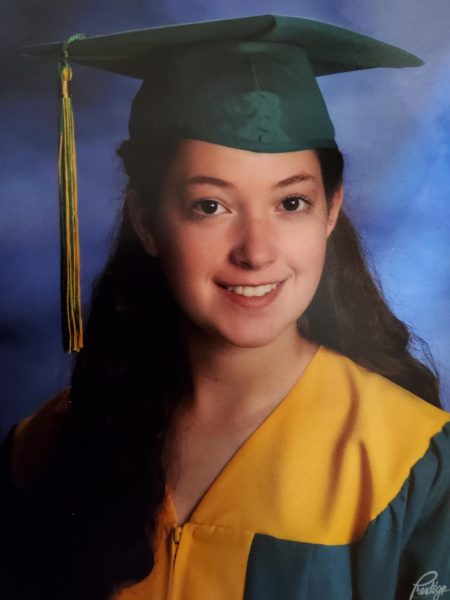
I am a member of the class of 2024 and a co-editor-in-chief of Horizon's online publication. I have one dog and eleven siblings, and I love to read!

